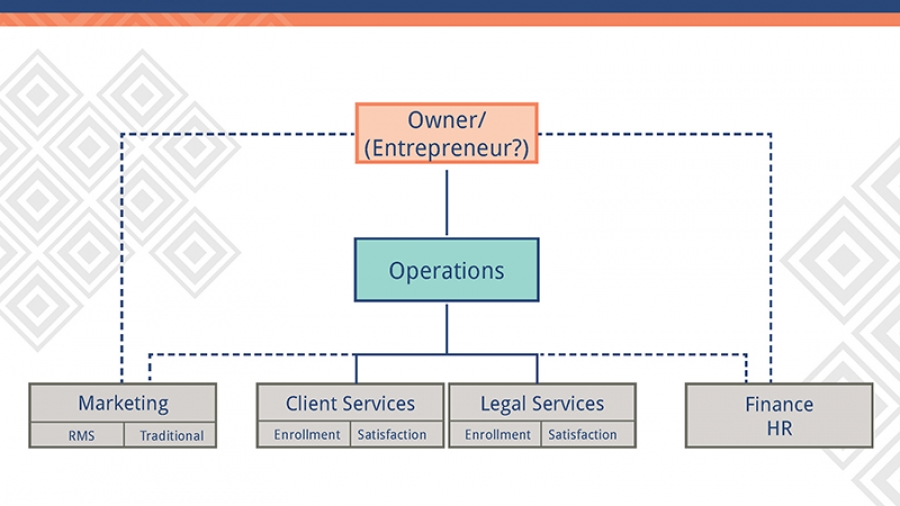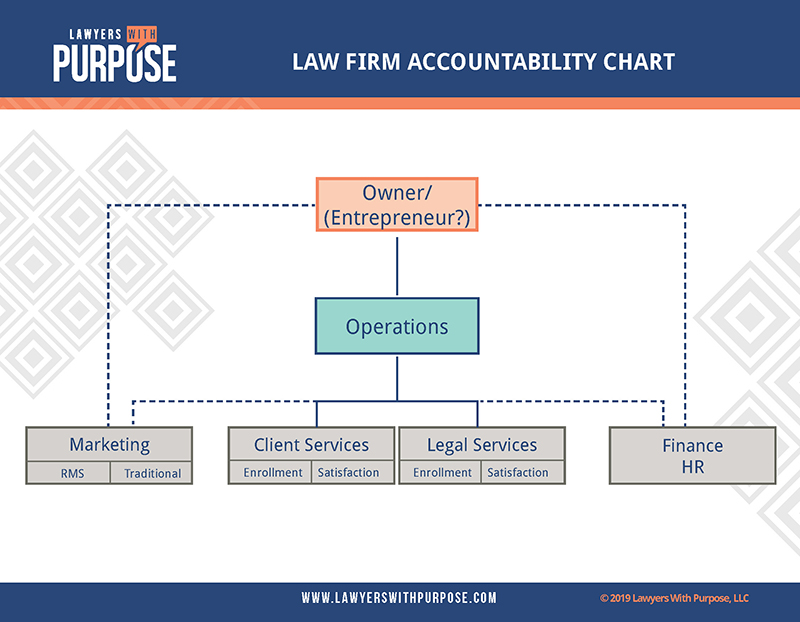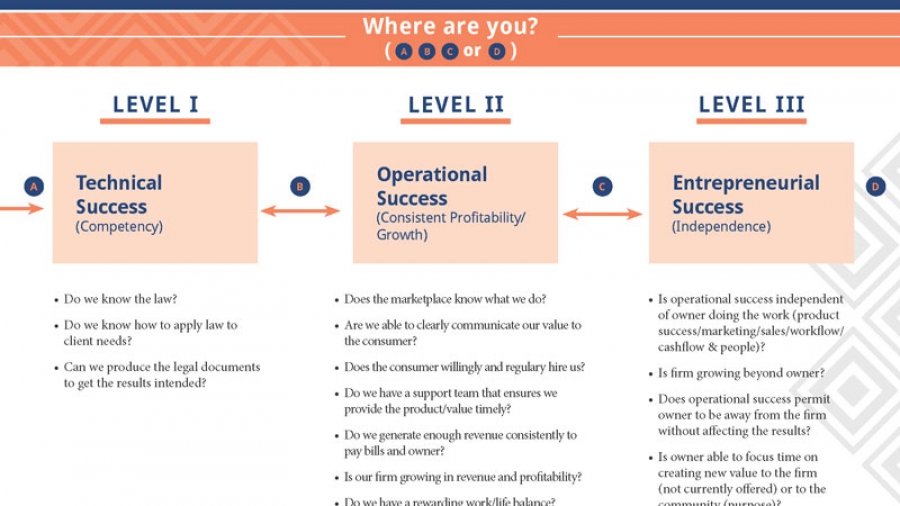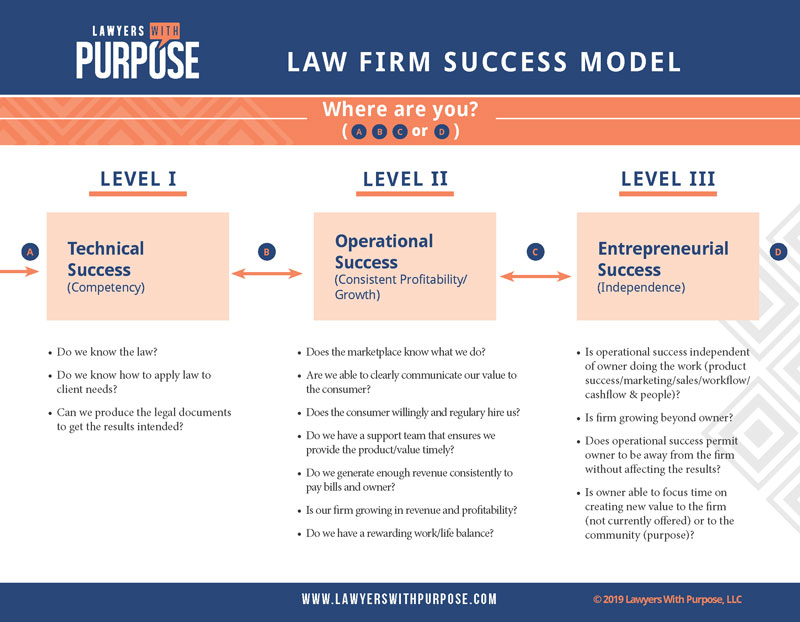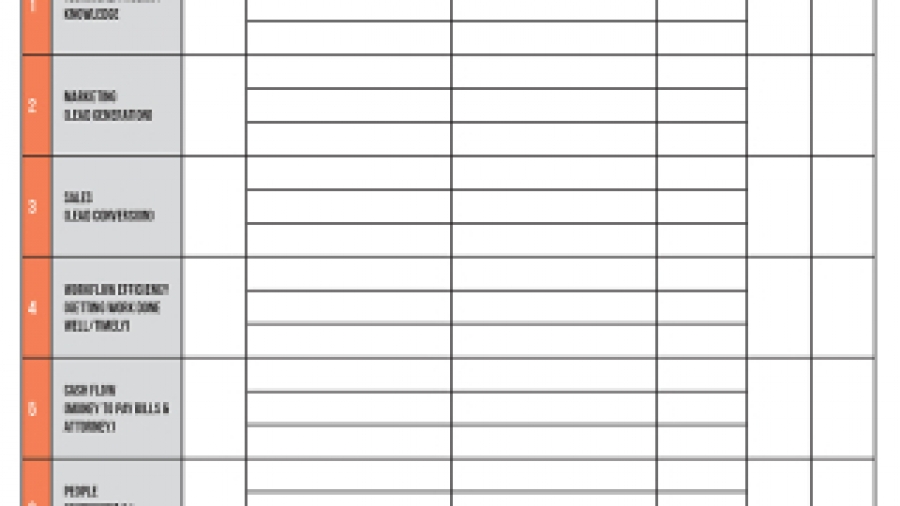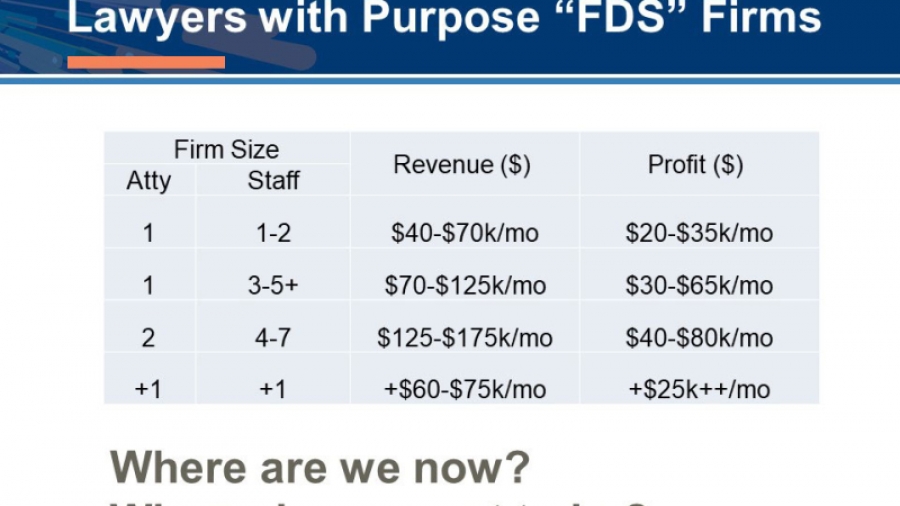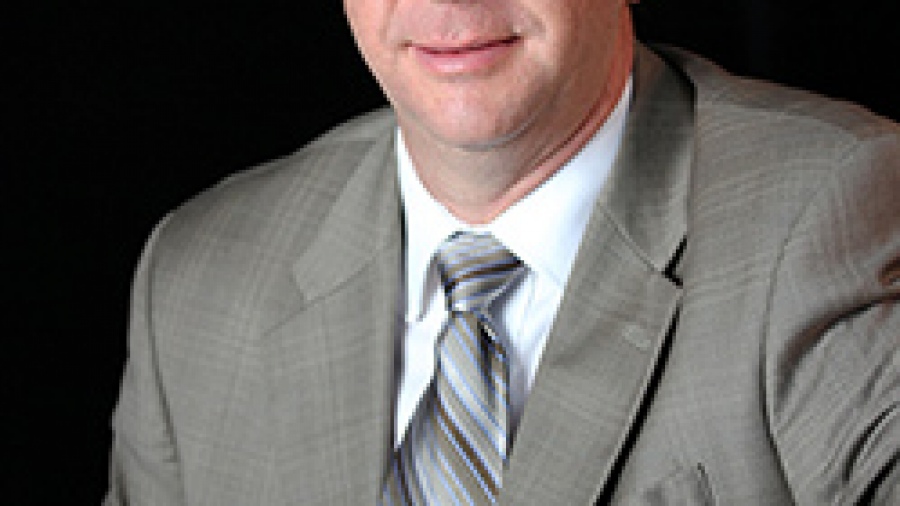In the LWP system, progressing through the three levels of success depends upon your having the right people, the right “Whos”, in the correct positions within your organization. We call the graphic representation of “who does what” in a law firm an Accountability Chart rather than an organizational chart. This is because success depends on holding each “Who” in the firm, including the owner, accountable for accomplishing the tasks associated with each position.
Download the LWP Law Firm Accountability Chart here
Take a look at the Accountability Chart above. You’ll notice that the top box, occupied by the owner, has a question mark next to the word Entrepreneur. Why? The owner of a law firm is not necessarily an entrepreneur. He or she might be, but is not always. The skills, knowledge, and experience necessary to be an outstanding attorney are not the same as those required to be a successful entrepreneur. As the saying goes, law school doesn’t teach you how to be an entrepreneur or run a law firm, it teaches you the law.
Ask yourself: Are you an entrepreneur? Do you have a vision for the future of your firm and the commitment, together with the skills, necessary to make your vision a reality? If not, your firm’s success depends on your developing the vision and skills you need or finding someone—the right “Who”—to fulfill the entrepreneurial role.
Now consider the operations box on the Accountability Chart. In many law firms, the owner/attorney takes on the important duties of Operations Manager. At LWP, we encourage owners to avoid operations and instead bring someone on board who has the skills necessary to manage the firm. One of the key skills required of the Operations Manager is the ability to hold everyone in the firm accountable for doing their jobs in an accurate, effective, and timely manner.
It is important to note that by utilizing the tools and exercises we have shown you, many LWP members have discovered that the ideal Director of Operations is already employed by the firm in another capacity. The same can be said for other roles within the firm, including that of entrepreneur. The “Whos” you need to fill certain roles may already be sitting at your conference room table; they are just not in the right “seats.”
Next time we’ll discuss the four boxes in line three of the Law Firm Accountability Chart: Marketing, Client Services, Legal Services, and Finance/Human Resources.


